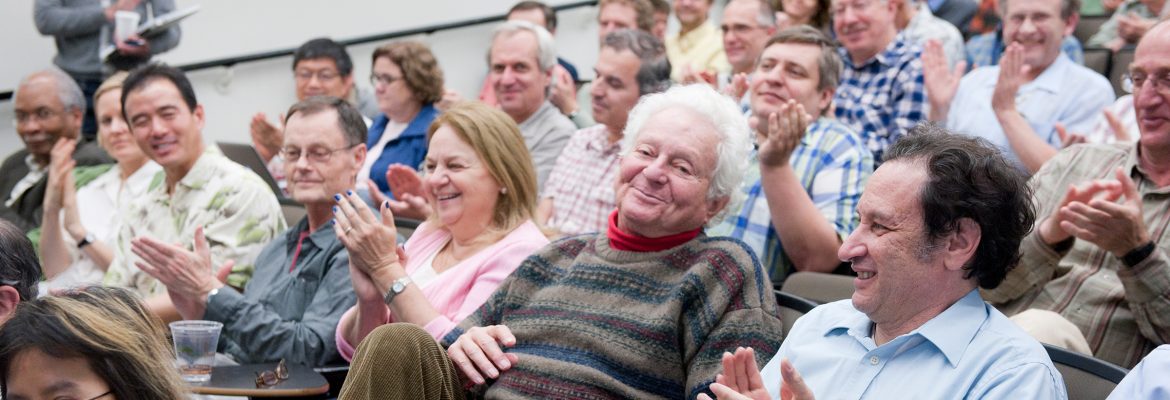Fermilab’s Batavia site is open to the public. View details on hours, activities and site access requirements.
The Fermilab colloquium introduces a wide range of scientific and science-related topics presented by notable speakers from across the country and around the world.
Most colloquia are open to the public, please check for details. All colloquia are held in 1 West unless specified.
Upcoming colloquia
An integral part of Fermilab’s academic culture, “orange” colloquium talks are aimed at a broad scientific and technical audience, while “green” talks are of general interest to everyone.
Appropriate for physicists Appropriate for all attendees
Dec. 18, 2025, 4:00 pm US/Central
Tracing the history of U.S. government engagement in research — from World War II and the Manhattan Project to Cold War strategies, export controls and today’s technology transfer policies — Mason highlights how international engagement has both accelerated innovation and introduced new risks.
Using case studies in space exploration, data sharing and artificial intelligence, he underscores the dual benefits and challenges of global collaboration for U.S. competitiveness and security. Mason calls for a nuanced approach: protecting critical science and technology while maintaining the openness and partnerships that drive discovery.
The discussion emphasizes that an uncalibrated response risks undermining U.S. research leadership, while thoughtful international engagement strengthens both economic and national security.
March 25, 2026, 3:30 pm US/Central

